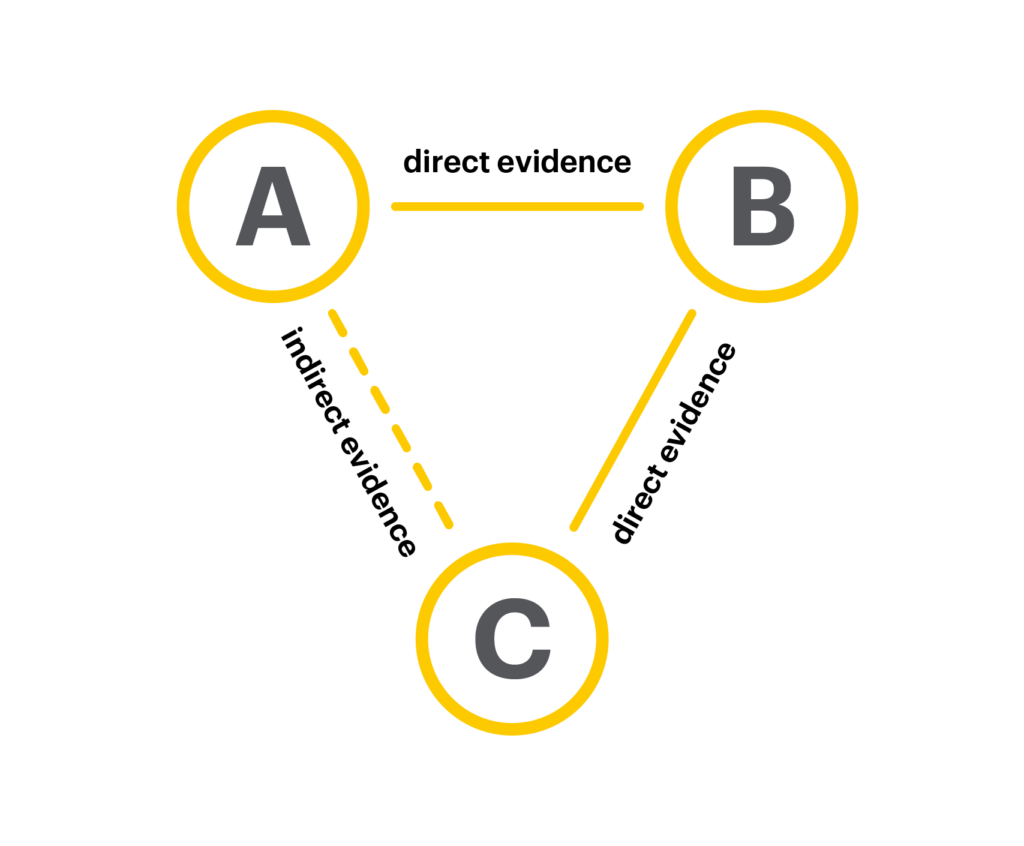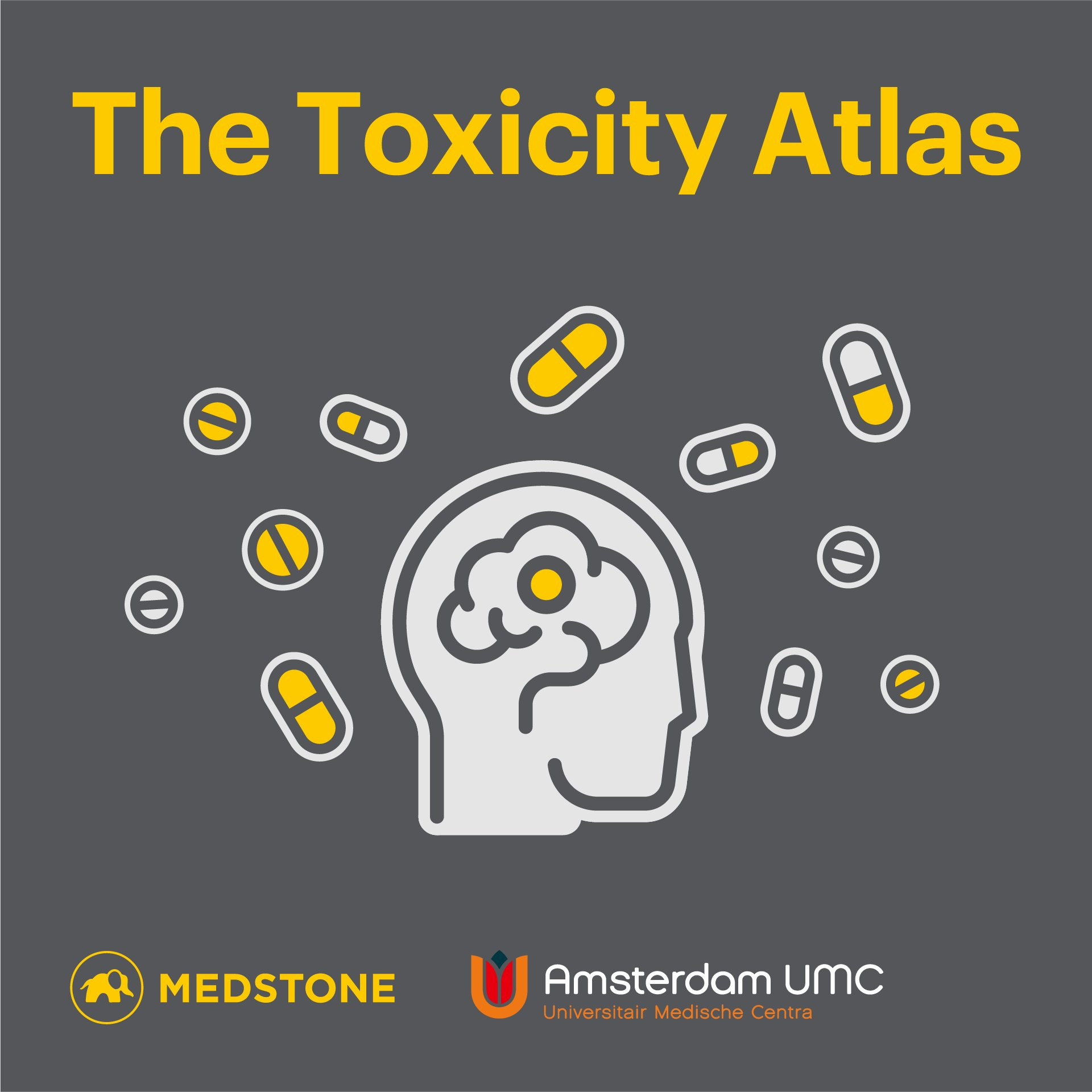Every day, numerous scientific articles are published as academics are conducting research, discovering new things and drawing new conclusions. All of this information is then shared with the world, so researchers can continue investigating a phenomenon, and professionals can apply this knowledge in the field. It’s no surprise that, even when you’re just focusing on one phenomenon or subfield, it’s impossible to read every single article that is published. That’s why reviews exist – summaries of existing literature. A review is a type of scientific article that gives an overview of existing knowledge: what has already been researched, and how? This way, reviews do not only offer a summary of knowledge, but also help monitoring the scientific community, as it is easier for earlier research to be reviewed and be seen in a bigger picture. There are different ways to write a literature review. Today, we’ll tell you a little more about narrative reviews, systematic reviews and meta-analysis, and all the pros and cons that come along with those types of reviews.
Narrative review
Goal: Give an overview of what we already know about a subject
Quality of proof: Low
A narrative review is much like a chapter in a textbook. It’s about a certain subject, diabetes for example, and it will give you some information about that subject. It’s easy to read, and it’ll teach you about what people know about diabetes. Often it’s not exactly clear what the writer’s sources are, or on which specific studies the information is based. The transparency of a narrative review is considered quite low because it doesn’t give you a lot of information on the writer’s methodology. The quality of proof is also lower than in other types of reviews. So, why do narrative reviews exist? Well, they’re really helpful for readers who are not yet too familiar with the subject and want to easily catch up with the current state of events.
Systematic review
Goal: Collect evidence from previous studies to answer a research question
Quality of proof: High
In a systematic review, the goal is to answer a research question. This is done by collecting evidence from previously conducted research. For example: you want to know which treatments are effective for adults with type 1 diabetes. In a systematic review, you would collect all previously conducted studies about treatments for adults with type 1 diabetes, and summarise the results, either qualitatively or quantitatively. The quality of proof of a systematic review is high, due to a well-described, transparent and replicable methodology. In the methodology section of a systematic review, the writer has to describe exactly what steps they have taken to answer their research question. This way, the dependability of the review is increased, while also making it easier for future researchers to replicate the research and continue studying the subject. A well-described methodology also ensures transparency, which is important when the knowledge is applied in the field. If a healthcare professional has to make a decision on the treatment for their patient with diabetes, they do not only want to know which treatment is the best, but also why. When the review is written transparently, professionals know on which information their decisions are based.
Meta-analysis
Goal: Quantitatively summarising data to answer a research question
Quality of proof: High
So, in a systematic review, a research question is answered by summarising previous research. This can be done quantitatively in a meta-analysis. Meta-analysis takes results from different studies and puts them together in one large pool. This may lower the statistical certainty, but is still valuable as you have more data to support your hypothesis. Meta-analysis can only be conducted when the data is homogeneous, because all the data is gathered in this one large pool and you can’t compare apples with oranges.
Network meta-analysis
Goal: Calculate an indirect effect to answer a research question
Quality of proof: Moderate
A network meta-analysis is a variant of the meta-analysis. In a network meta-analysis, an indirect comparison can be made through direct results from previous studies. For example: there are three drugs that can be used to treat an illness, and you are interested in which of the three is the most effective. Studies have been conducted where drug A was compared to drug B, and studies have been conducted where drug B was compared to drug C. However, there are no studies where drug A was compared to drug C. Schematically, this will look like this:

This way, you’re able to make an indirect comparison between drugs A and C. It’s important to note that this evidence is indirect, and the reliability decreases as the data gets less homogeneous. Statistically and methodologically, network meta-analyses are quite insecure, but it’s better than having no evidence at all. Network meta-analyses are mainly used in decision making for treatments when there is no direct evidence available.
Publication bias
Something to watch out for when writing a literature review is a phenomenon known as publication bias. As there is so much research conducted everyday, journals have to make decisions on which articles to publish. One thing we see is that research with significant results has a bigger chance of getting published than research with no significant results. This can give a skewed look on reality in situations where multiple studies have found no results for a certain research question, but the one study that is published is the only one with significant results.
Interested?
At Medstone, we write literature reviews using artificial intelligence. This way, we can collect data in a matter of seconds without compromising on quality. Want to know how? Read more about NER and artificial intelligence on our blog. Are you interested in using artificial intelligence for your literature review? Don’t hesitate to contact us
This blog post was previously published on medstone.com




